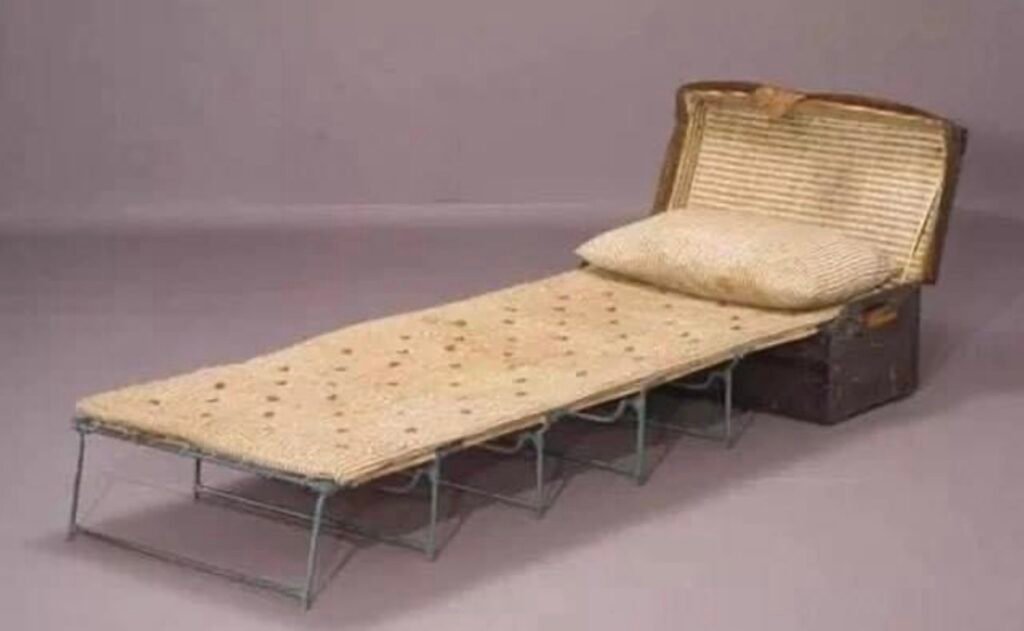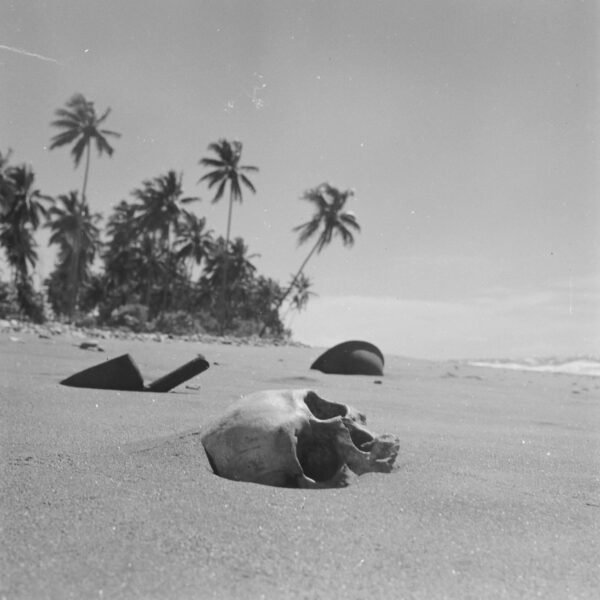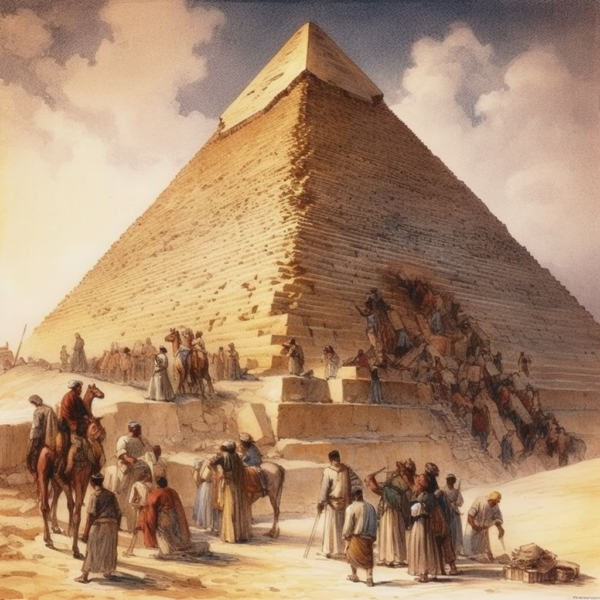George Washington remains one of the most iconic figures in American history, celebrated not only as the first President of the United States but also as a resolute leader during the Revolutionary War. Among the many artifacts from this pivotal period, George Washington’s military trunk bed stands out, providing a fascinating glimpse into the daily life and logistical challenges faced by 18th-century military leaders. This trunk bed, a portable and practical piece of furniture, was designed for the rigors of campaign life, offering Washington a semblance of comfort and organization amidst the chaos of war. In this article, we delve into the significance of this artifact, exploring how it was used and what it tells us about military strategy and personal habits during the American Revolution.

The Significance of the Military Trunk Bed
The military trunk bed was an essential piece of equipment for officers like George Washington during the Revolutionary War. Designed to be both portable and durable, these beds were easily transportable from one camp to another, aligning with the mobile nature of military campaigns. The trunk bed not only provided a place to sleep but also contained compartments for storing personal belongings, maps, and essential documents. This dual functionality made it an invaluable asset in the field, where efficiency and readiness were paramount.
For George Washington, the trunk bed was more than just a piece of furniture; it was a personal command center during the war. It allowed him to maintain a semblance of order and personal space in otherwise chaotic conditions. Washington’s use of such a bed highlights his approach to leadership and logistics, emphasizing the importance of preparedness and personal discipline. The trunk bed, with its built-in storage and robust design, facilitated these needs, enabling Washington to lead effectively and maintain his strategic plans with greater security and privacy.
This artifact’s practicality and the personal connection to Washington lend it significant historical value, illustrating not only the personal lifestyle of the era’s military leaders but also the innovative solutions they employed to manage the challenges of war.
George Washington and His Campaign Gear
Exploring the range of personal items that George Washington carried with him during the Revolutionary War offers an intimate glimpse into his life as a military leader. Among these items, his military trunk bed was particularly noteworthy due to its design and utility. The trunk bed, equipped with compartments for his belongings, was a central piece of Washington’s campaign gear, serving both functional and symbolic purposes.
George Washington was known for his meticulous attention to detail, which extended to his personal equipment. His choice of a trunk bed was driven by practical considerations—it needed to be durable enough to withstand frequent moves and versatile enough to meet the demands of campaign life. This attention to detail was a key factor in his successful leadership, as it reflected his systematic approach to all aspects of military operations.
In addition to the trunk bed, Washington’s gear included other essentials such as his saddle, uniform, writing kit, and field telescope. Each item was carefully selected for its reliability and functionality, underscoring the importance of proper equipment in maintaining command and control over his forces. The trunk bed, therefore, was not just a place to rest but a personal headquarters where he planned battles, wrote correspondence, and managed the complexities of war.
By understanding the tools and personal items Washington relied upon, we gain deeper insights into the daily challenges faced by Revolutionary War leaders and the innovative solutions they devised to overcome these obstacles. The trunk bed stands out as a prime example of such ingenuity, embodying the spirit of resilience and preparedness that defined Washington’s military career.
The Military Trunk Bed in the Context of 18th-Century Warfare
The significance of George Washington’s military trunk bed extends beyond its physical utility, serving as a symbol of the innovative logistical strategies employed during the Revolutionary War. The design and functionality of such a bed were crucial in an era where rapid mobility and adaptability could determine the outcome of military engagements. This context of 18th-century warfare required officers to maintain a high level of readiness, and Washington’s trunk bed was a perfect solution, allowing him to move quickly while keeping essential items secure and accessible.
The trunk bed also highlights the contrast between the personal accommodations of officers and the often harsh conditions faced by regular soldiers, who typically slept on makeshift beds or directly on the ground. This disparity underscores the hierarchical nature of military life at the time, where rank often dictated the level of comfort and equipment one could expect.
To understand how military equipment like Washington’s trunk bed evolved, it’s helpful to explore other historic military items and their significance. An interesting comparison can be made with the flag of the 9th Texas Infantry during the Civil War, which served a symbolic role in rallying troops and marking regimental identity. Learning about these artifacts helps us appreciate the various dimensions of military history and the personal stories they represent. You can explore this further in our article, The Flag of the 9th Texas Infantry: A Symbol Through Battles, which delves into the importance of flags and other symbols in battle contexts.
Understanding these elements within the broader scope of military history offers a richer perspective on the personal and logistical complexities faced by leaders like Washington. It also illustrates how innovations in military equipment were driven by the demands and challenges of warfare, shaping the strategies that would lead to success or failure on the battlefield.
Preservation and Display of Washington’s Trunk Bed
The current preservation and display of George Washington’s military trunk bed are key to understanding not only its historical importance but also the broader efforts to conserve Revolutionary War artifacts. This particular piece is housed in a museum setting, where it serves as a tangible connection to the past, allowing visitors to witness firsthand the personal belongings of one of America’s foundational figures.
The preservation of such artifacts involves meticulous care to ensure that they remain intact for future generations. Specialists in historical preservation use various techniques to protect these items from environmental factors that could lead to deterioration. This includes controlling temperature, humidity, and exposure to light, all of which can significantly affect the longevity of historical objects.
The display of Washington’s trunk bed is not just about showcasing an old piece of furniture; it’s an educational tool that offers insights into the daily life of Revolutionary War officers. It helps paint a fuller picture of the conditions under which they operated and the personal sacrifices they made in the service of their country. Visitors to the museum can learn about the design and function of the trunk bed, gaining an appreciation for the ingenuity and resourcefulness of early American leaders.
Furthermore, the story of this artifact’s journey from the battlefields of the Revolutionary War to its current home in a museum is a fascinating tale of historical preservation. This narrative enriches the visitor experience, providing a deeper understanding of the efforts involved in safeguarding our nation’s history and the importance of maintaining these links to the past.
The Role of Personal Artifacts in Understanding Historical Figures
Personal artifacts like George Washington’s military trunk bed play a crucial role in bridging the gap between historical figures and modern-day observers. These items provide a tangible connection to the past, offering unique insights into the lives, personalities, and day-to-day experiences of historical figures. By examining Washington’s trunk bed, historians and the public alike can gain a deeper understanding of his leadership style, personal habits, and the challenges he faced during the Revolutionary War.
These personal artifacts do more than just tell a story about a person; they offer a window into the broader social and cultural contexts of their time. For instance, Washington’s trunk bed illustrates not only his strategic thinking and organizational skills but also the level of innovation and adaptation required to lead effectively in wartime conditions. It helps us understand how leaders managed their roles and responsibilities with the tools available to them.
The insights gained from studying personal artifacts are invaluable for historians trying to piece together the motivations and behaviors of historical figures. For example, by looking at William Hutchings and his experiences during the Revolutionary War, we can compare the personal sacrifices and contributions of different individuals who lived through the same period. You can explore this further in our article on William Hutchings and the American Revolutionary War, which discusses the impact of individual contributions to the war effort.
Ultimately, personal artifacts like Washington’s trunk bed not only enhance our knowledge of historical events but also humanize the figures involved, making history more relatable and understandable. They remind us that history is not just about dates and events, but about real people who navigated complex challenges and left their mark on the world. Through these artifacts, we keep their stories alive, continuing to learn from them centuries later.
George Washington’s Legacy in Military Leadership
George Washington’s military trunk bed not only reflects his personal needs during the Revolutionary War but also symbolizes his enduring legacy as a leader. His meticulous attention to detail, strategic foresight, and ability to maintain order amidst chaos set a standard for military leadership that resonates even today. Washington’s legacy extends beyond his immediate contributions to America’s independence; it encompasses his influence on military practices and leadership principles that have been studied and emulated by generations of military leaders.
One aspect of Washington’s legacy is his commitment to operational efficiency and personal discipline, as evidenced by his choice of a trunk bed that combined functionality with portability. This practical approach to campaign logistics exemplifies how Washington was able to adapt to the ever-changing dynamics of war, ensuring his readiness and effectiveness as a commander.
Washington’s leadership style and his use of innovative equipment like the trunk bed can be contrasted with other military leaders throughout history. For a broader understanding of military leadership evolution, consider the story of America’s last five-star general, Omar Bradley, whose leadership during World War II was guided by principles similar to those of Washington. The article, Omar Bradley: The Legacy of America’s Last Five-Star General, explores these connections further, offering insights into how leadership in American military history has developed over the centuries.
In conclusion, George Washington’s military trunk bed is more than just an artifact; it is a testament to the qualities that made him a remarkable leader. It symbolizes the innovation, resilience, and strategic thinking that were crucial to his success and that continue to inspire leaders across the globe. By studying and preserving such artifacts, we keep the rich tapestry of our history alive, ensuring that future generations can learn from and be inspired by one of America’s greatest figures. Through these historical links, we gain not only a better understanding of the past but also invaluable lessons that are applicable to leadership and problem-solving in any era.
As an Amazon Associate we earn from qualifying purchases through some links in our articles.




